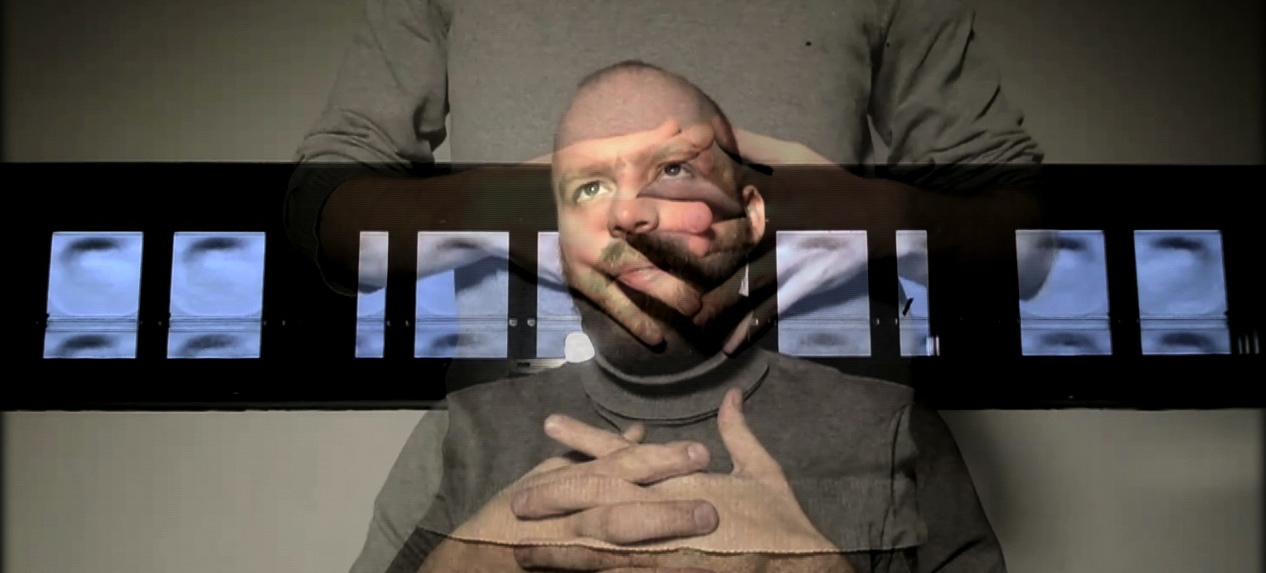Blue Carbon, Intertidal is an interstitial section of Hydrangea. Written by Holly Childs. Music by J. G. Biberkopf. Voiced by Elif Ozbay. Film by Holly Childs
Co-produced by The Good Neighbour and Runway Journal. Originally commissioned by Runway Journal for Issue 39 Oceans.
The Good Neighbour: I got a familiar feeling from watching this work. The voice seems to channel many meanings from subjective line to computerised self to poetic voice, and the images are very global, pointing to different parts of the planet. How did it all come together as a piece?
Holly Childs: I recently learned that a step-cousin who I’ve never met is an expert in “blue carbon”, the name for underwater and coastal ocean ecosystems that hold carbon. This piqued my interest, and after researching coastal ocean ecosystems, I came to think of how much time I spend in intertidal zones, the areas that are underwater at high tide, and dry land at low tide, and to contemplate what records I had taken of these beach-and-other locations. All footage used in Blue Carbon, Intertidal was shot over a 3 year period in which I lived in London, Naarm (Melbourne), Auckland and Moscow.
In the summer in Auckland, and my routine was that I would work every day and when it was close to high tide, I walked or jogged (depending on how hot the day was) to beaches on Waitemata Harbour to swim. Each day, high tide occurred approximately 50 minutes later than the previous day creating a stretchy rhythm across weeks. I found no documentation of water from this period.
The voice, several people have mistaken for a computerised system voice, is actually Elif Özbay. The text, and the work in general, purposely invites various projections and interpretations.
TGN: The image of an Ocean as an entity and Ocean politics are continuously reverberating in today’s global ecological thought (resulting from Anthropocene effects). What qualities of the ocean (as an idea, image, metaphor?) could you describe as inspiring and connecting to you?
HC: I grew up in proximity to the ocean, took it for granted and only later moved to landlocked regions where I experienced strange effects. In Moscow, every night I dreamt of beaches, and in the Netherlands, surrounded by water in every conceivable way, but with none hitting land in the satisfying beachy way I knew from home, for months I stopped dreaming. Blue Carbon, Intertidal is a poem, longer than the excerpt used in this video, that iterates like tides. Awareness that the edges will always change, iterating almost imperceptibly over a scale of days, while shifting dramatically over larger timescales.
Some years ago, I stayed up a hill, overlooking a zone that was anecdotally and socially projected to be underwater in the near future due to the effects of climate change. It was claimed that the local government was aware of this impending reality, but didn’t or couldn’t let its residents know, as to do so would render their pre-sunk properties worthless, and void residents’ insurance policies. Climate change creates a range of catch-22s, direct and indirect.
TGN: Hydrangea is a long term project you’ve been working on together with J. G. Biberkopf. What is at the core of Hydrangea, what kind of tools and thinking?
HC: In a performance context, Blue Carbon, Intertidal is an interstitial section connecting Hydrangea I to Hydrangea II, both sound works for performance in greenhouses. A spray of salt between the emotion of Hydrangea I and the lost forest of Hydrangea II. The nature of the project is essentially a mystery, and we are happy to keep it that way for the moment.
Holly Childs is an Australian writer and artist. Her most recent work, an evolving performance series for greenhouses made with J. G. Biberkopf, is Hydrangea, a myth about myths, in which every flower is a story in a forest of never-ending branching narratives. Other recent works include writing for Angela Goh’s Uncanny Valley Girl, and the co-creation of Patternist, an augmented reality sci-fi urban exploration game. She is the author of two novels: Danklands (Arcadia Missa) and No Limit (Hologram). Her third novel Greenhouse Parking will be published in 2020.
J. G. Biberkopf is an artist based in-between Amsterdam and Vilnius. They work within the fields of sound, documentary, performance, and installation. Their recent solo work and collaborations predominantly work to deconstruct the political imaginaries effective in the Western world. In previous work, they have focused on aural memes, while their ‘Ecologies’ album series explored initiating ecological discourse in the realm of experimental electronic music.








